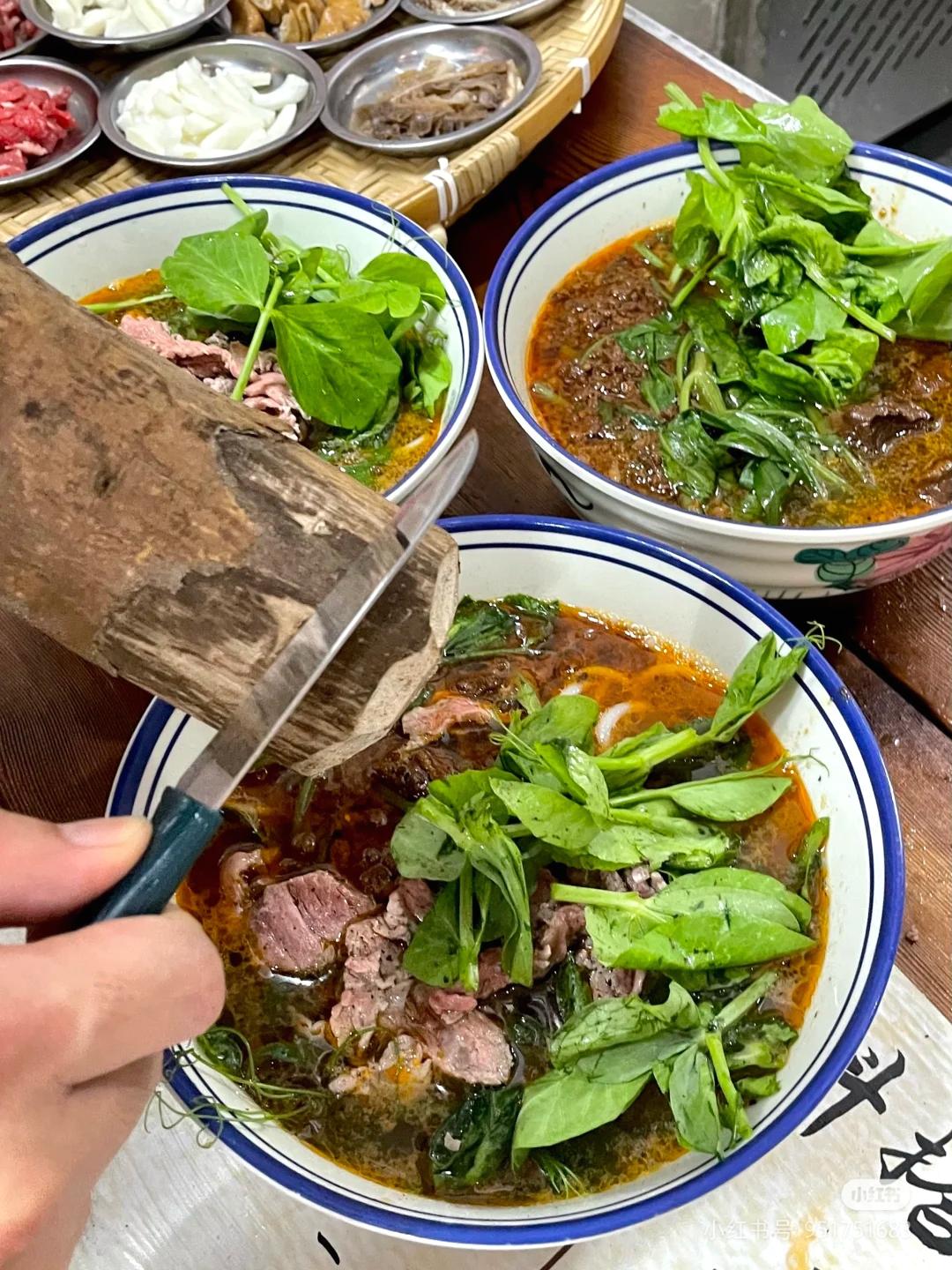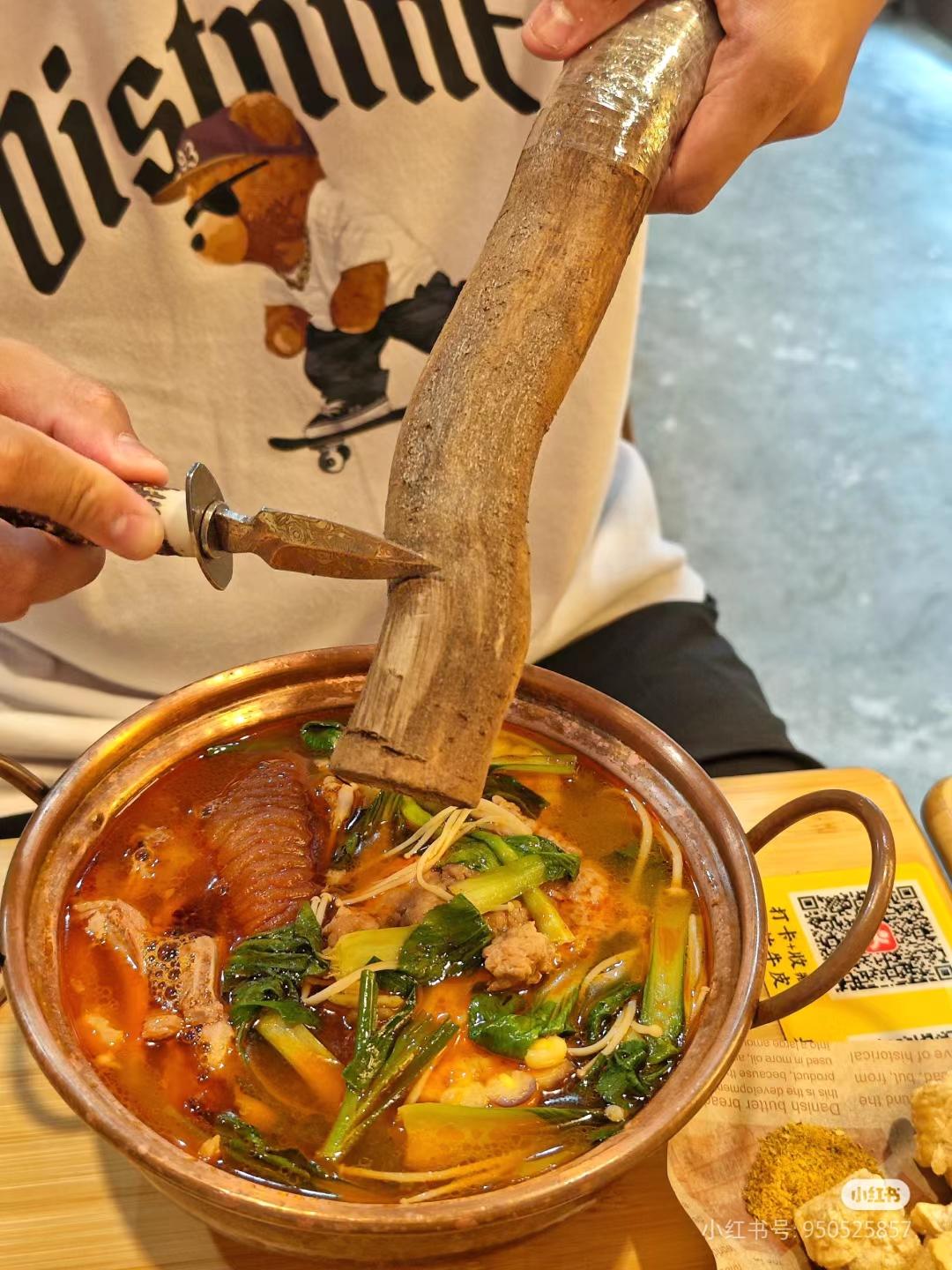Unlocking wild flavors with Litsea cubeba
Can a wooden stick be edible? The internet abounds with restaurant reviews showcasing a unique Yunnan culinary tradition. In elegantly Yunnan eateries, diners are presented with a bowl of simmering rice noodles. A server, often wearing black gloves, then carefully shaves slivers from a Litsea cubeba stick, encouraging the guest to stir the aromatic wood shavings into the broth.
This seemingly humble plant, long a staple in kitchens in Southwest China, is now quietly revolutionizing the flavors enjoyed by urban diners.

New coffee types with Litsea cubeba
Each locale offers a distinct palette of flavors
The Litsea cubeba, a small tree of the Lauraceae family, flourishes in the warm, mountainous areas of southwestern and southern China, notably at altitudes of approximately 1,500 meters. For locals, its fruits and rhizomes are culinary mainstays; however, to outsiders, they remain a relative enigma. Xiaoyu, a Yunnan native who now runs a Yunnan cuisine restaurant in Guangzhou, remembers Litsea cubeba root as a ubiquitous condiment in her eastern Yunnan birthplace. At roadside breakfast vendors, patrons could customize their bowls of beef and mutton soup rice noodles, shaving off slivers of the root to impart a distinct fragrance and eliminate any unpleasant fishiness —a testament to the ingenious culinary traditions of Southwest China.
Between winter and mid-spring, the Litsea cubeba trees of southeastern Guizhou and western Yunnan are blanketed in blossoms. Once the flowers fade, fruit appears. Locals not only enjoy the fruit but also brew a fragrant tea from the blossoms themselves. Even the rhizomes are put to good use. Xiaoyu recalls, “We grew up eating these things, never really thinking about what spices were involved. What might seem novel to someone from outside is just part of our daily routine here.”
Litsea cubeba is a cornerstone of Guizhou cuisine, an indispensable flavor in many of its most famous dishes. Guizhou’s renowned Fish in Red Sour Soup, for example, would be unrecognizable without its distinctive touch.
Guizhou, especially the Miao villages in the southeast, is known for its sour cuisine. Ahua (pseudonym), a local entrepreneur, is capitalizing on this with her popular Litsea cubeba Red Sour Soup, now a hit in the catering scene. This soup achieves its distinctive sourness through a three-month fermentation of ingredients like Litsea cubeba, red peppers, and tomatoes. This extended process also allows locals to preserve the precious aroma of Litsea cubeba, a fruit prone to spoilage under natural conditions.

A server shaves into the broth slivers from a Litsea cubeba stick.
“Magic beans” in memory
Ahua disliked the pungent smell of Litsea cubeba as a child. It was only later in life that she came to appreciate its unique flavor. The writer Meizi (original name Qin Xiaomei) shared this initial aversion, noting that “children’s taste buds are too sensitive.” As we age and gain experience, our tastes evolve, sometimes leading us to embrace what we once rejected.
In “Taste and Memories,” Meizi argues that appreciating Litsea cubeba requires a cultivated taste: “Only a well-honed palate can appreciate its wonderful taste. The connoisseur of Litsea cubeba should be someone with experience.”
Meizi’s writing transforms the smooth, green Litsea cubeba fruits into “magic beans.” She recalls her mother carefully harvesting Litsea cubeba, leaving some branches to ripen until the fruits turned black with hardened shells. These intensely flavored, raw fruits were reserved for those with the strongest palates, and likely to elicit astonishment from unsuspecting visitors.

A server shaves into the broth slivers from a Litsea cubeba stick.
The new star in specialty drinks
Beyond its culinary origins, Litsea cubeba has emerged as a novel ingredient in specialty beverages. In a Guangzhou coffee shop, owner Xiaodao (pseudonym) showcases its versatility with a unique Litsea cubeba coffee. The drink begins with a base of creamy fresh milk, to which shavings of fragrant Litsea cubeba root are added, lending a refreshing aroma that complements the milk’s richness.
In a parallel exploration of flavor, Xiaoyu combines Guizhou’s red sour soup with the classic Margarita, resulting in a surprising and complex cocktail. “This multi-regional blend,” Xiaoyu said, “preserves the distinctive character of Litsea cubeba while resonating with the tastes of urban consumers.”
From Yunnan’s humble breakfast stalls to Guangzhou’s inventive restaurants, and from traditional red sour soup to specialty coffees and cocktails, Litsea cubeba’s culinary voyage continues. This transition from a staple ingredient in the mountainous southwest to a rising star in urban cuisine reflects not just the “ascent” of an ingredient, but also the wider dissemination of regional culture. As Xiaoyu aptly observed, “A region’s soil nurtures its ingredients, and ingredients in turn can nourish a region’s culture.”
Text by our staff correspondents
Translated by YNTA